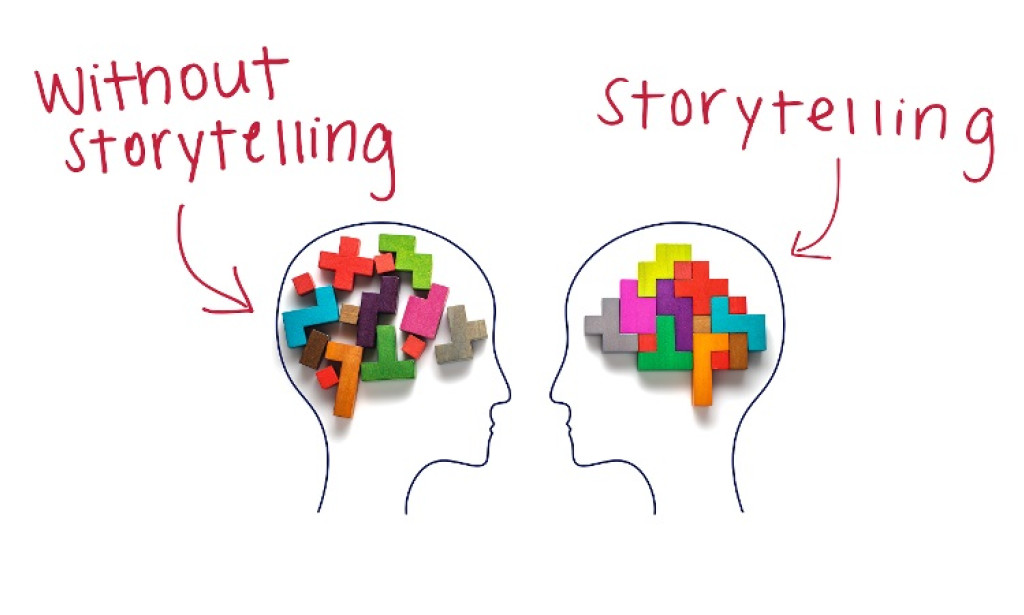STORYTELLING TECHNIQUES YOU NEED
🌺 Show, don't tell: Instead of telling the reader what's happening, show them through descriptive language and sensory details. This technique helps readers become immersed in the story.
Example: Instead of saying "Esther was sad," say "Esther's eyes drooped, and her shoulders slumped as she trudged through the rain-soaked streets."
🌺 Dialogue as a Tool for Characterization: Use dialogue to reveal character traits, background, and motivations. This technique helps readers understand the characters' perspectives and emotions.
🌺 Foreshadowing: Hint at events that will occur later in the story. This technique creates suspense and anticipation, keeping readers engaged.
🌺 Imagery and Sensory Details: Use vivid descriptions to bring the story to life. This technique helps readers visualize the setting, characters, and events.
Example: Instead of saying "the room was dark," say "the room was shrouded in a thick, velvety darkness that seemed to swallow everything in its path."
🌺 Emotional Resonance: Create an emotional connection between the reader and the characters. This technique helps readers invest in the story and care about the characters' outcomes.


Very educative thank you for sharing💝
Well done
You must be logged in to post a comment.